Name Alfred Gilbert | Period Academic art | |
 | ||
Similar People Albert - Prince Consort, William IV of the United Ki, Mary of Teck | ||
A B Burton
Sir Alfred Gilbert (12 August 1854 – 4 November 1934) was an English sculptor and goldsmith who enthusiastically experimented with metallurgical innovations. He was a central — if idiosyncratic — participant in the New Sculpture movement that invigorated sculpture in Britain at the end of the nineteenth century.
Contents
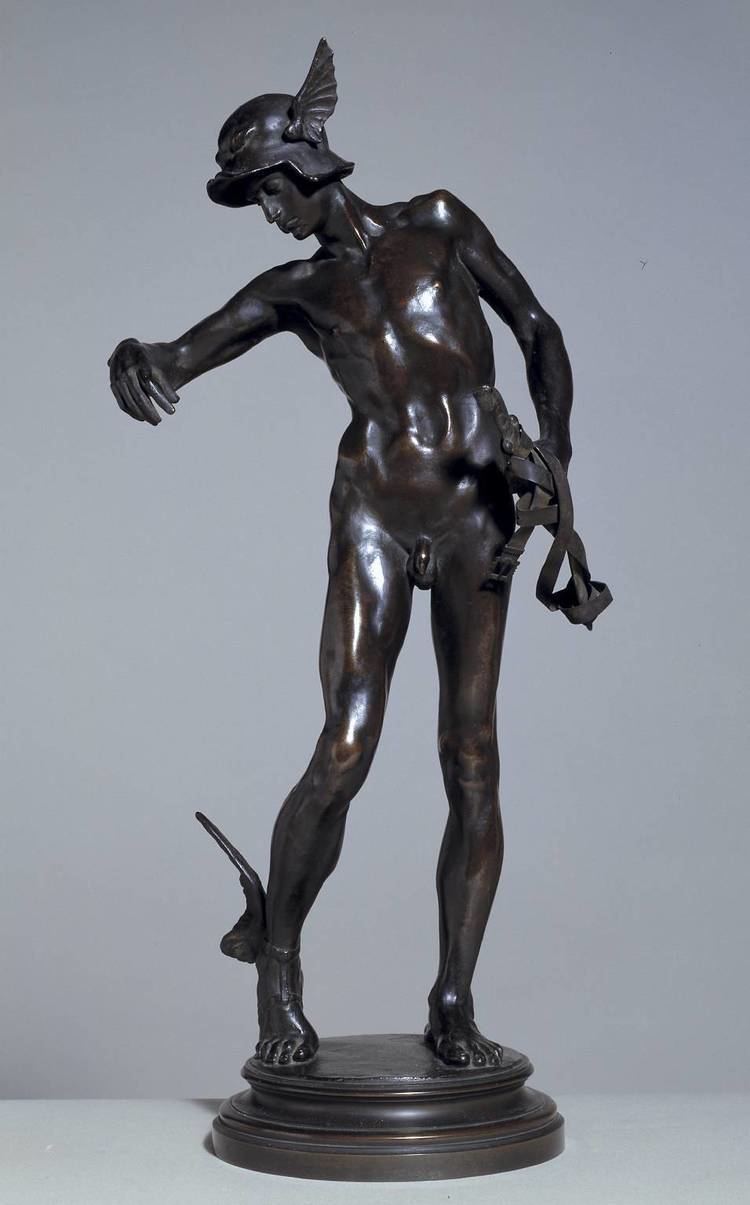
Life
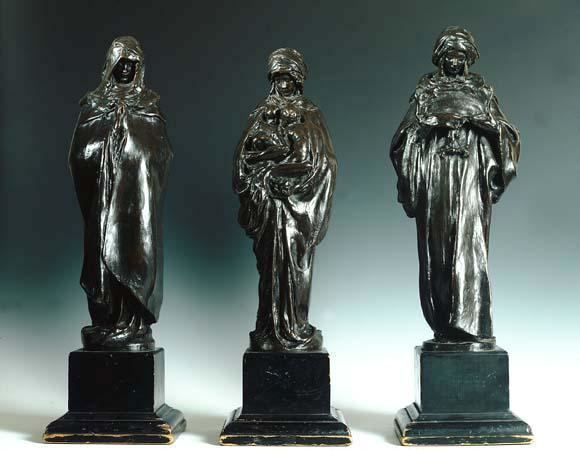
Alfred Gilbert's parents, Charlotte Cole and Alfred Gilbert, were musicians who lived at 13 Berners Street, London, where Alfred was born. He spent seven years at Aldenham School in Hertfordshire but received his artistic education mainly in Paris (Ecole des Beaux-Arts, under Jules Cavelier), and studied in Rome and Florence where the significance of the Renaissance made a lasting impression upon him and his art. He also worked in the studio of Sir Joseph Boehm, R.A.
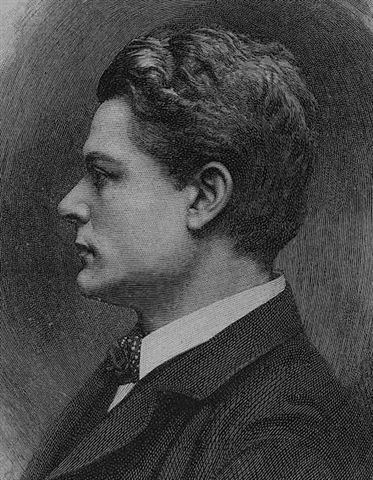
On 3 January 1876 he married a first cousin, Alice Jane Gilbert (1847–1916), with whom he had eloped to Paris. They had five children. Bankruptcy made him flee from Britain in 1901 and for the next 25 years he settled in Bruges, Belgium. His wife left him in 1904. They never divorced, but lived separated, Alice being a patient in a mental hospital.
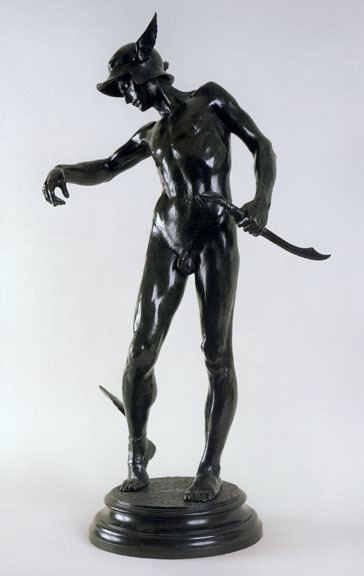
After Alice's death in 1916, of which he received news only after the end of World War I, he married on 1 March 1919 his housekeeper Stéphanie Debourgh (Bruges 1863–1937), the widow of Alphonse Quaghebeur (Bruges 1863–1903), a modest typesetter; she, previously a lacemaker, and six of her seven children had lived with Gilbert since 1907 and throughout the War and the German occupation of Belgium. As he was living underground, the presence of a large family was a good cover for the quantity of food needed in the household.

Gilbert traveled to Rome in 1923, where his fortunes improved, and three years later was able to return to England to complete the "Clarence Memorial", this time under the royal patronage and settled in the study of Lady Helena Gleichen. In that year he was commissioned to produce a final major work, the "Queen Alexandra Memorial" which was released in 1932. Gilbert was knighted for this work and was reelected to the RA, so his later years saw their full rehabilitation in the highest echelons of British artistic society, before his death at age 80 in 1934.
Work
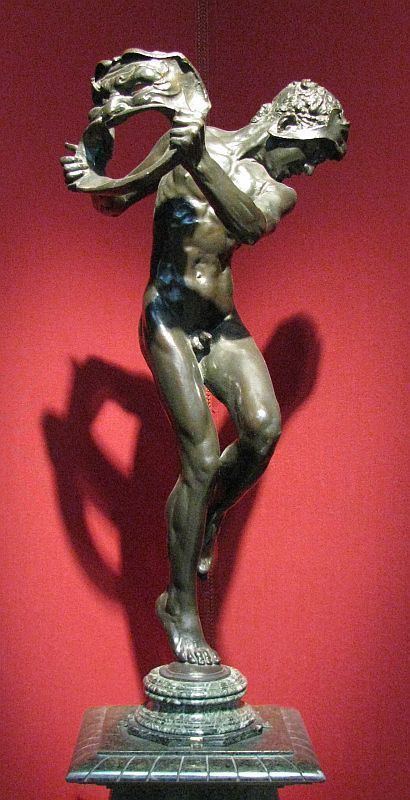
His first work of importance was the charming group of the Mother and Child, then The Kiss of Victory, followed by Perseus Arming (1883), produced directly under the influence of the Florentine masterpieces he had studied. Its success was great, and Lord Leighton forthwith commissioned Icarus, which was exhibited at the Royal Academy in 1884, along with a remarkable Study of a Head, and was received with general applause. Then followed The Enchanted Chair, which, along with many other works deemed by the artist incomplete or unworthy of his powers, was ultimately broken by the sculptors own hand.
In 1888 was produced the statue of Queen Victoria, set up at Winchester, in its main design and in the details of its ornamentation the most remarkable work of its kind produced in Great Britain, and perhaps, it may be added, in any other country in modern times. In 1892–1893 Gilbert was occupied with the Shaftesbury Memorial Fountain, in Piccadilly Circus, London, a work of great originality and beauty representing Anteros. Other statues are those set up to Lord Reay in Bombay, and John Howard at Bedford (1898). Gilbert rose to the full height of his powers in his memorials to the Duke of Clarence and to Lord Arthur Russell and a memorial font to the son of the 4th Marquess of Bath.
Gilbert produced the tomb, in St George's Chapel, Windsor, of the Duke of Clarence, described as "the finest single example of late 19th-century sculpture in the British Isles". A recumbent effigy of the Prince in a Hussar uniform (almost impossible to see properly in situ) lies above the tomb. Kneeling over him is an angel, holding a heavenly crown. The tomb is surrounded by an elaborate railing, with figures of saints. The perfectionist Gilbert spent too much on the commission, which was the cause of his bankruptcy and leaving the country. Five of the smaller figures were only completed with "a greater roughness and pittedness of texture" after his return to Britain in the 1920s.
In addition to the work already cited he produced busts of Cyril Flower, John R. Clayton (since broken up by the artist, the fate of much of his admirable work), G. F. Watts, Sir Henry Tate, Sir George Birdwood, Sir Richard Owen, Sir George Grove and various others. He designed the statue of David Davies of Llandinam in front of the Barry Docks Offices.
Gilbert was chosen associate of the Royal Academy in 1887, full member in 1892 (resigned 1909), and professor of sculpture (afterwards resigned) in 1900. He was a member of the International Society of Sculptors, Painters and Gravers. In 1889 he won the Grand Prix at the Paris International Exhibition. He was created a Member of the Royal Victorian Order in 1897. While Gilbert was known for his sculpture, he also periodically made oil paintings.
